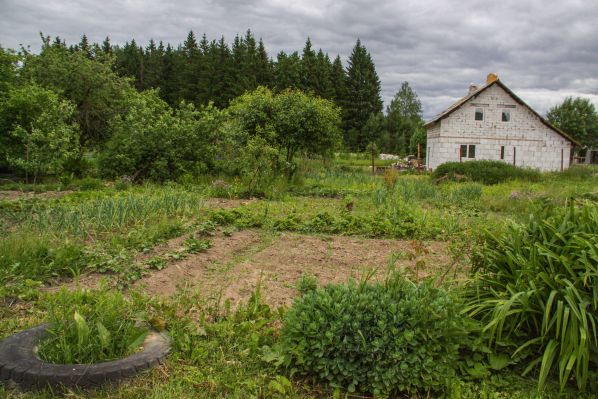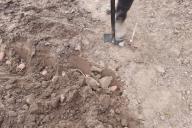For good survival, yield, growth and longevity of plants, it is important to carry out correct agricultural practices during planting.
Correct and timely planting of plants will provide a good foundation for future development.
Planting time
The timing of planting plants in the ground is in spring - in April, early May, in autumn - from the beginning of October.
Spring planting is limited to a short period of time - before the buds open. At later dates, survival rate drops sharply and seedling development deteriorates, says Anastasia Kovrizhnykh .
Autumn planting is less stressful and has some advantages. Plants planted in early October, before frosts set in, form new roots and grow faster in the spring. Shrubs can be planted at any time, but it is better to dig in trees until spring.

Choosing a landing site
The choice of location for planting is of great importance. Plants grow in one place for many years and their development depends on the assessment of the quality of the soil, the terrain, resistance to climatic conditions, and the correct distance between them.
With dense planting, trees stretch out greatly in height and the feeding area decreases, which leads to smaller fruits, fungal diseases and increases the costs of caring for them.
Plants should be placed depending on their requirements for light and heat.
Planting technique
Before planting, seedlings must be carefully examined, paying close attention to the roots.
Fibrous, with three skeletal branches 30 cm long, with a small influx of callus - signs of good root condition.
Healthy tissues on the root cut should be white. Diseased roots and branches are cut off. Before planting, the roots should be dipped in a clay mash to prevent them from drying out.
The planting hole is prepared in advance, with vertical edges. Large enough so that the roots do not bend upwards.
A stake is installed in the middle and a mound of earth is poured, compacted well. Humus and mineral fertilizers are added to the soil. The seedling is placed in the hole and the roots are spread over the mound. Little by little, the soil must be compacted with feet so that there are no voids. The soil should fit well to the roots of the plant, this promotes better survival of the plants. The seedling is tied to the planting stake with twine.
After planting, the root collar of the seedling should be at the soil level. The grafting site should be open. For watering, make a hole larger in diameter than the hole. The soil is mulched with humus, compost in a 10 cm layer. A week after planting, it is necessary to water again.
Pruning plants
When replanting plants, the balance between the above-ground part and the root part is disturbed. To restore it and reduce evaporation from the surface, shoots are pruned.
Pruning is done in spring, before the buds open. The central conductor of the trees is cut to 50-60 cm, the cut is made at an angle to the bud.
The cut color should be green, not brown. The remaining branches are cut short. The shoots of bushes - currants, gooseberries, are left even shorter - 10 - 15 cm. Raspberries, blackberries are cut to 30 cm. In this case, the plant will not be exhausted, and will develop better.
Where is the best place to buy?
The survival rate and good development of plants depends on the quality of the planting material.
It is best to purchase seedlings from specialized nurseries; zoned varieties have good survival rates.
They sell one-year-olds and two-year-olds, the older the plant, the worse it takes root. The root system of seedlings can be open and closed - in containers.
Previously, we reported on what you should not feed raspberries with .









